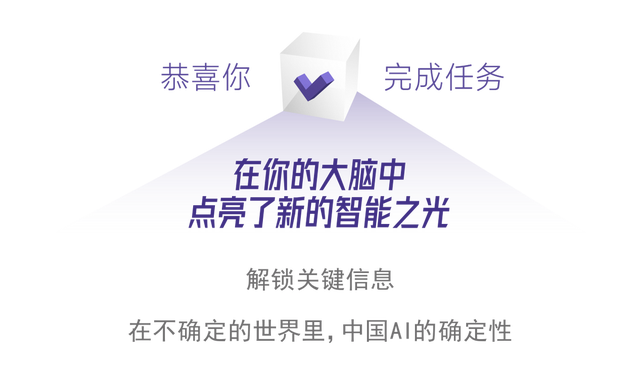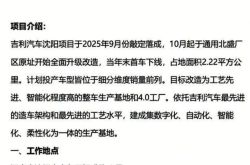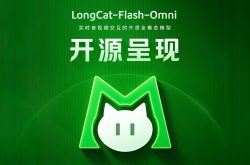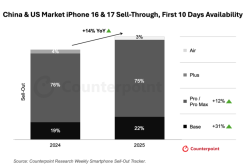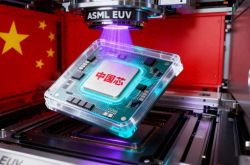Where will global AI go under the impact of reciprocal tariffs?
![]() 04/18 2025
04/18 2025
![]() 440
440
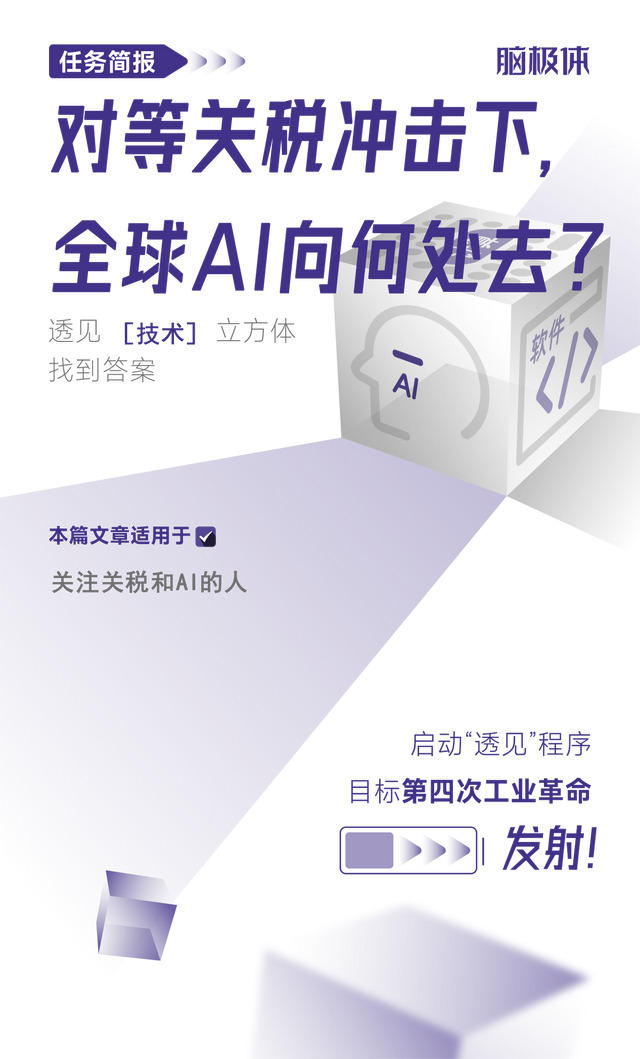
Since Trump proposed "reciprocal tariffs" on April 2, the international situation has continued to be turbulent. Today, the tariff rates imposed by both sides have exceeded 100%, reaching an unprecedented level. Faced with the huge policy black swan, the highly globalized AI industry cannot remain unaffected.
However, the unique aspect of AI is that the policy measure to restrict China's AI development has already been implemented by the United States, such as the embargo on overseas AI computing power. Nowadays, China has a relatively determined response plan.

Therefore, the current sudden tariff shock may not truly affect the AI supply chain that has long been under the shadow of the embargo, but rather the deeper cracks that have begun to appear in the global AI industry in response to uncertainty.
No one can predict the next black swan, but everyone knows that it exists. This will have a longer-term impact on global AI openness, sharing, ethical consensus, and industrial collaboration.
At this time, we must try to answer a question: how will the global AI industry change next? Let's first sort out the core logic of the AI industry, predict the changes in AI under the impact of reciprocal tariffs, and ultimately explore China's AI response.

To fully understand the challenges posed by tariffs to the global AI industrial chain, it is first necessary to clarify the current division of labor in the global AI industrial chain and its close relationship with global trade.
The AI industrial chain can be simply divided into the infrastructure layer (infra), technology layer, and application layer. Among them, the hardware chips in the infrastructure layer rely on the global semiconductor industry division of labor, so they are closely related to international trade and will also be directly impacted by tariffs.
Many readers are aware that the United States is more advanced in the design and manufacture of high-performance and AI chips, China's hardware substitution is also accelerating, while Europe has advantages in equipment such as lithography machines, and Japan and South Korea have advantages in storage chips and materials. Therefore, tariff policies will affect the import and export of AI hardware and the construction of AI infrastructure in many countries around the world.
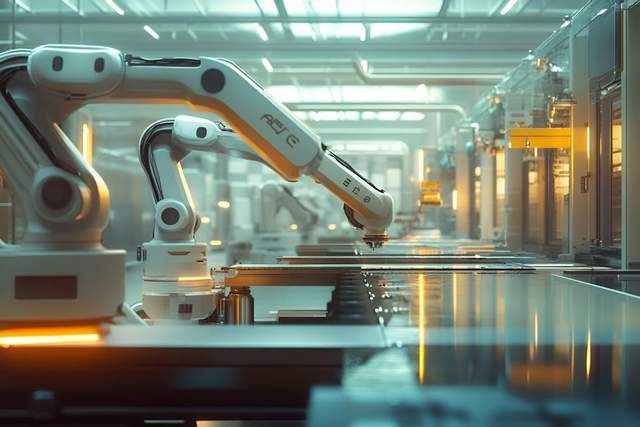
In the technology layer, large models are the focus of the current global AI technology competition, and model development also relies on basic software frameworks, open-source communities, technical standard protocols, etc. Although these will not be directly affected by tariffs, they have long relied on cooperation in the form of open-source spirit, international standard organizations, and technological ecosystem alliances. However, international collaboration may be interrupted due to political games resulting from tense trade relations.
Currently, the global AI technology ecosystem is roughly in a situation of "parallel development between China and the United States." Taking deep learning frameworks as an example, the United States has TensorFlow (Google) and PyTorch (Meta), while China has PaddlePaddle (Baidu) and MindSpore (Huawei), each with its own advantages and focuses. For example, overseas frameworks place more emphasis on academia and developers, with a larger global user base; while domestic frameworks focus more on industry and are more practical. In the global open-source community, the contributions, number of core experts, and amount of code from Chinese technology companies and developers have also increased rapidly in recent years.
Therefore, once the use of open-source models or protocols is restricted, we must rely on an independent technological ecosystem, meaning that Chinese and American AI will gradually drift apart.

The application layer mainly refers to AI products, AI applications, or AI terminals being pushed to the market. Tariffs may lead to regionalization of the market. For example, the selling price of domestic AI phones in the US market will increase, affecting market performance. However, as the core competitiveness of applications or terminal devices, AI technology innovation is also expected to reduce costs, thereby changing the market competition landscape. For example, Deepseek has significantly optimized model performance, reducing reliance on computing power and changing the landscape of global open-source models.
In general, AI is just one part of the application layer, and tariff policies affect the final performance of AI commercialization through a long conversion chain, so no direct conclusions can be drawn.
Understanding the panoramic view of the global AI industrial chain reveals that the impact of tariffs on global AI is broader than we imagined, but perhaps less intense than expected. Why do I say that?

After recognizing the global AI industrial chain, we can use logical deduction to predict the breadth and intensity of tariff challenges.
In terms of intensity, the cost of AI hardware closely related to tariff policies will further increase, and the third-country re-export supply chain will be further restricted. But we need to understand that Trump signed an executive order in 2019 to promote the development of AI in the United States, and since then has continuously adopted radical policy containment measures. In response, China has continuously adjusted its supply chain, strengthening independent research and development in areas such as individual chips, computing power networks, AI cloud infrastructure, and heterogeneous intelligent computing in recent years. There are already alternative solutions for the independent computing power supply chain, and cooperation has shifted to regional partners such as Japan and South Korea.

Overall, China's AI infrastructure has created a parallel technological ecosystem through redundant reserves of domestic substitutions, avoiding the risk of dependence on a single American AI ecosystem.
Moreover, reciprocal tariffs will also increase market pressure and costs for US local AI enterprises, adversely affecting local AI infrastructure. American companies are forced to transfer production capacity back to their homeland or allied countries, which requires a certain construction cycle to solve issues such as electricity, manpower, factories, and transportation, and may also slow down their AI research and development progress. This is unacceptable to technology giants and may lead to a new round of games with the authorities.
Therefore, the tariff rate exceeding 100% may seem exaggerated, but the actual intensity may not be that strong.
However, the breadth of the tariff policy means a wider impact on the global AI industrial chain. This is an earthquake deep within the Earth for AI technology, which is highly collaborative on a global scale. As Chinese and American AI gradually drift apart, the following risks will arise:

1. The technological ecosystems of China and the United States are fragmented, knowledge sharing is hindered, and technological exchanges are disrupted. Disrupted technological exchanges mean more redundant explorations. If the wrong technological route is chosen, it may waste a lot of investment and miss new technological opportunities, similar to Japan's development of the fifth-generation fighter jet.
2. Talent and capital seek risk aversion, leading to a "parallel world" in the AI industry. As China and the United States are the only two major AI powers in the world, restrictions on the normal flow of talent and capital will inevitably lead to a risk-averse mentality and active "side-taking." This will reduce basic research cooperation in global AI, leading to redundant technological developments, reduced capital utilization, and thereby slowing down the progress of AI.
3. Conflicts in standards between dual markets affect the overseas expansion of domestic AI. The commercialization of AI cannot be separated from the global market. Whether it can adapt to the localization requirements of the United States or successfully develop third-party markets outside the United States has become a realistic challenge for the commercial success of Chinese AI enterprises.
Therefore, although the intensity of tariff shocks is not great and will not pose a more severe challenge to Chinese AI, it will inevitably deepen the division between the technological ecosystems of Chinese and American AI. This dual technological ecosystem will trigger an invisible earthquake in the global AI industrial chain.

The key production factors in the intelligent era are not traditional factors such as land and labor, but technology (chips, algorithms, frameworks, etc.), capital, intelligence, and data. These new production factors rely heavily on global flow, collision, exchange, and sharing. This means that under the impact of reciprocal tariffs, global AI may have reached an inflection point.
However, recognizing the challenges may lead to finding ways to control intensity and reduce fragmentation, allowing global AI to continue moving towards the goal of AGI (Artificial General Intelligence) under the traction of Chinese and American forces.
How to respond to risks? Perhaps you can already draw some answers from the previous analysis:
For the hardware supply chain in the infrastructure layer, China and the United States have to seek alternative solutions respectively. For example, China strengthens independent chip research and development, while the United States may promote local manufacturing to reduce the cost increase caused by tariffs.
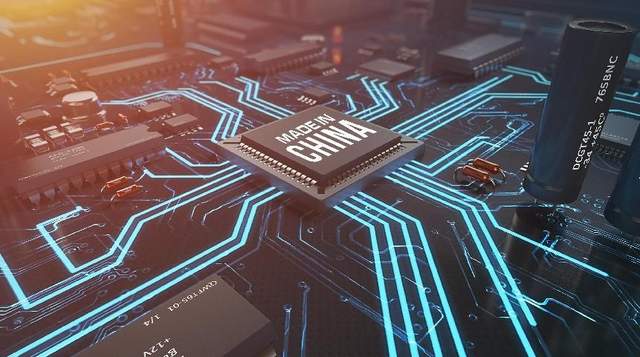
Among the basic capabilities of the technology layer, general large models are of great concern to everyone. Especially after Deepseek, the importance and advancement of domestic large models need no further elaboration. However, the localization of deeper-level deep learning frameworks, high-quality corpora, and basic development tools is invisible to general users and easily overlooked. But AI cannot chase trends; these basic capabilities must also continue to be promoted and strengthened to avoid chain disruptions as the intensity of shocks increases.
The productization and commercialization of AI in the application layer cannot be separated from the vast global market. Chinese AI must not close its doors and stagnate; it must go out and maintain cooperation and communication with international AI industry partners. Moreover, since the advent of large models, Chinese AI applications, enterprises, and talents have performed prominently in the global market, such as Deepseek, Conch AI, Kunlun Wanwei, etc., possessing global competitiveness in the first tier of AI. Going out can expand the application scope of AI, avoid the risks of interrupted global AI technological exchanges and betting on the wrong technological route; at the same time, it can develop third-party markets outside the United States to avoid tariff shocks.

In addition, as the big stick of reciprocal tariffs has impacted global economies, the resulting distrust of the US technological ecosystem may also be a window of opportunity for Chinese AI to form alliances, enhancing the resilience of China's AI technological ecosystem. For example, attracting overseas developers to use domestic AI frameworks, development tools, AI cloud services, etc., to enhance the prosperity of the domestic AI basic ecosystem. Providing the world with a more inclusive and credible technological ecosystem choice is also something that Chinese AI has the ability and responsibility to do.
Wittgenstein said that even if you realize that life is fundamentally insecure, you must not dramatize it; you must be on guard against this. Faced with the ever-changing tariff shocks, we also do not need to be too dramatic to cooperate with the other side's performance.
Let us remember that Chinese AI already has its own world. No matter sunny or rainy days, it is the day for Chinese AI to cultivate.
